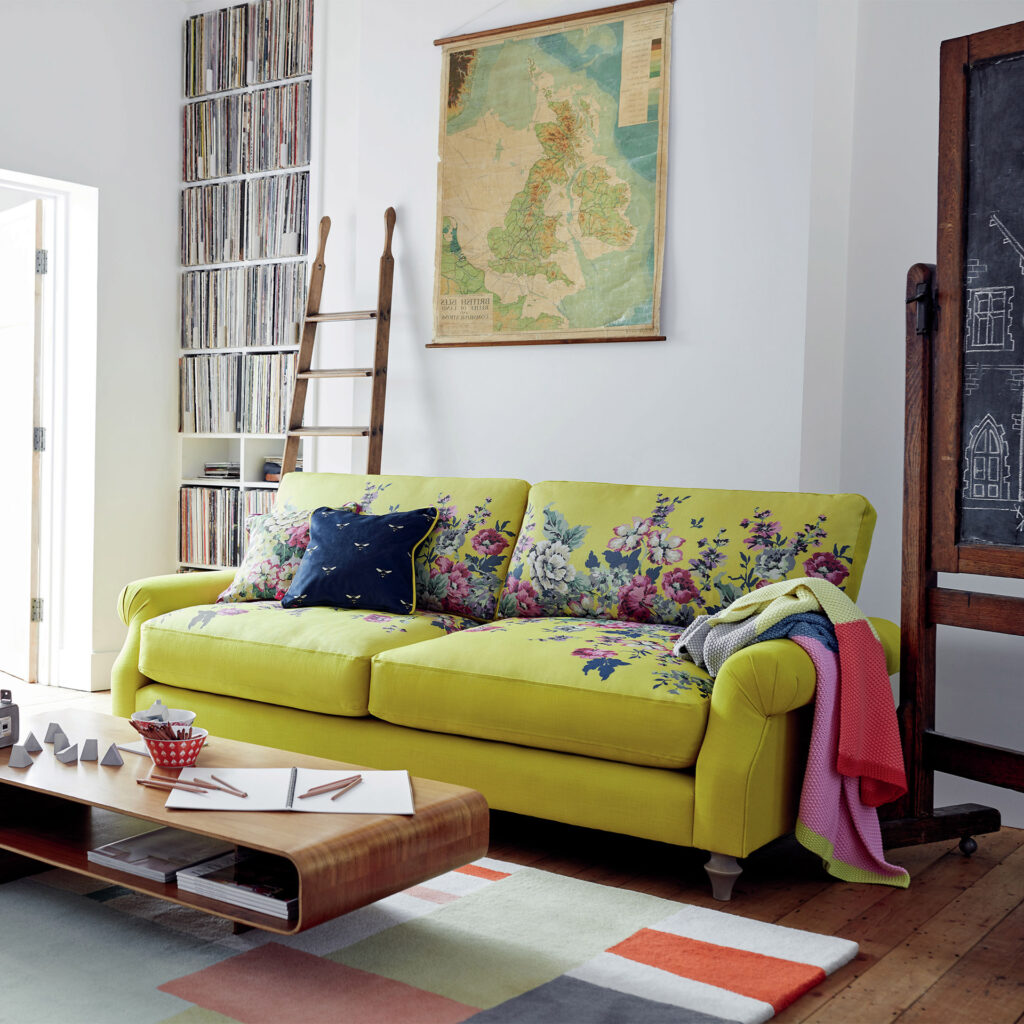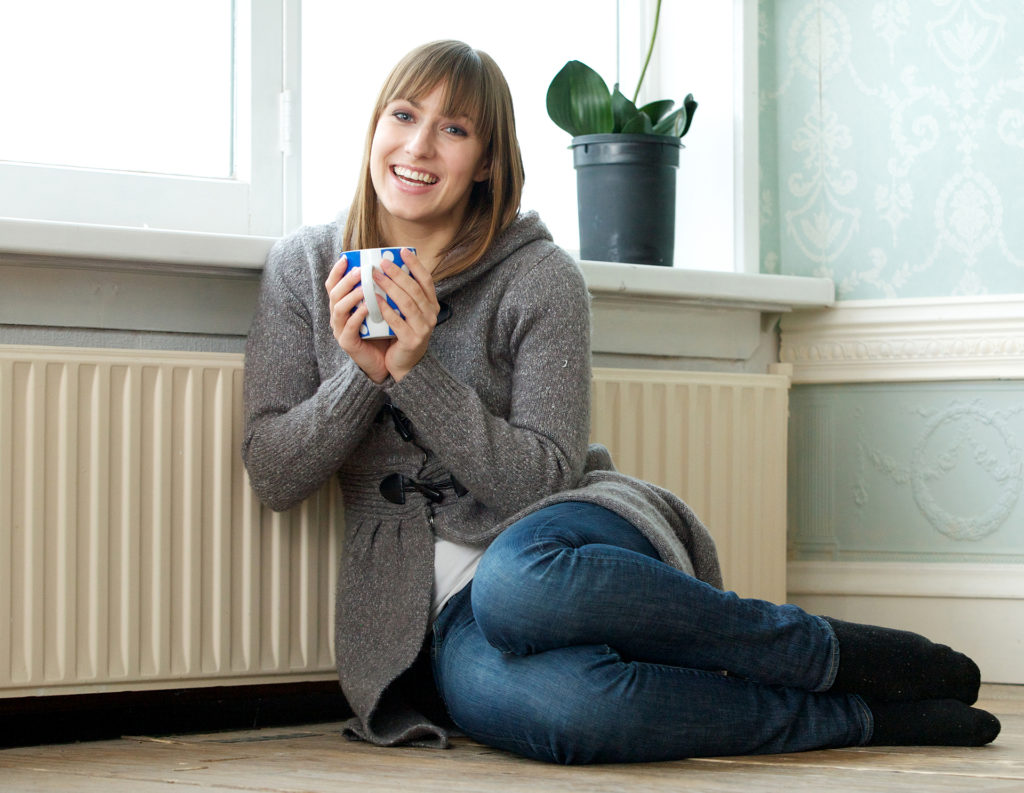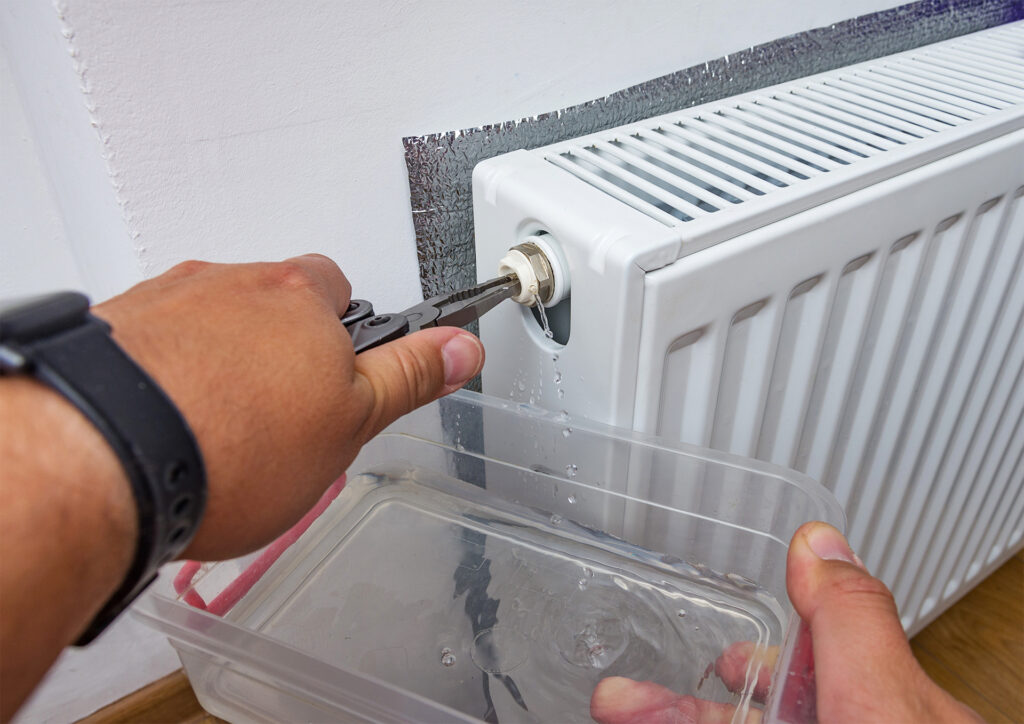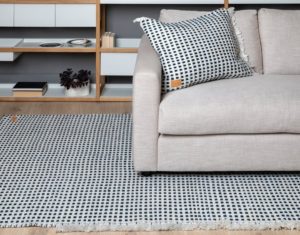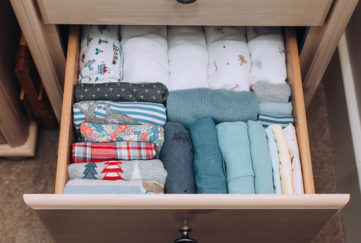Cost Effective Ways To Keep Your Home Warmer
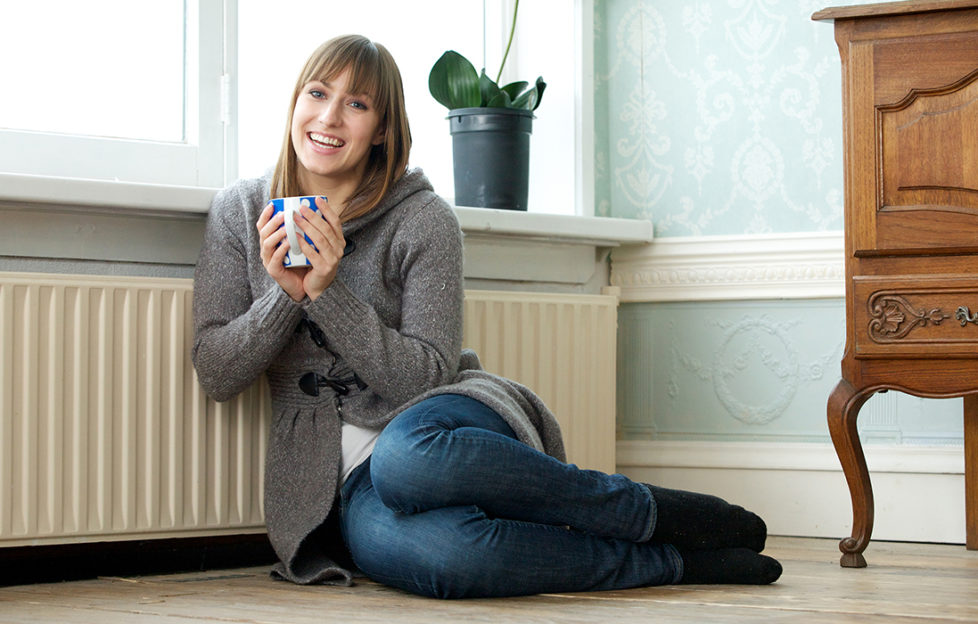
We all know that energy prices are set to increase this autumn and winter.
However there are some simple steps you can take to stop wasting heat and keep your home cosier.
As much of the UK is mindful of their post-pandemic finances, Michael Reading at Housetastic presents his top cost-effective ways to heat your home.
Re-position your furniture
Think about the position of your furniture. Are you paying to heat the back of your sofa? Keeping bulkier items such as sofas or wardrobes in front of a radiator may result in you spending more on your energy bills.
“Any furniture in front of radiators will prevent heat from travelling around the room,” Michael explains. “Even just a partial blocking will limit the amount of heat emitted.”
Another way to keep warm in the winter is to move your furniture away from any external walls.
“You will notice the colder air more if you are sitting against an external wall,” Michael says. “So try and keep furniture against internal walls. You will feel more comfortable and less obliged to turn the heating on.”
Get insulated
Although it is more expensive, making sure your home is properly insulated is one of the most cost-effective ways to save you money in the long run.
“Insulating walls is a key part of having a thermal-efficient, more eco-friendly home,” Michael explains. “While the average budget for renovating a full house can be up to £7,000, the savings that come from doing this are worthwhile.”
Position a shelf above a radiator
Hanging a shelf just above a radiator is actually a great compliment to the radiator as it helps distribute the radiator’s heat more evenly.
“By hanging a shelf just above a radiator, the shelf acts almost like a shield, helping to shift heat outwards from the radiator, rather than letting the heat rise up to the ceiling,” Reading explains.
Block your chimney (if you aren’t using the fireplace)
As the weather turns, you may start to notice an excessive draught coming from the chimney. Although fireplaces can be the main focal point in a living room, the reality is an open chimney can result in unwanted draughts and heat escaping.
“Blocking a chimney can be the only viable option in these circumstances, however you must be careful to do this properly,” Reading explains.
“Never seal off the top of the chimney, especially if you do use your fireplace, as this will seal the heat inside the chimney and can cause extreme overheating.
“Instead, if your fireplace is out of use, then a temporary cover for it should help retain the heat inside while keeping the draughts away from circulating the room.”
Bleed your radiator
If there are cold spots on your radiator then you may need to bleed it. “This is a sign that there is air trapped inside them,” Michael explains. “This trapped air stops the warm water from properly circulating your radiator and so it takes longer to heat up your room.”
It is recommended you bleed all radiators at least once a year. It’s fairly straightforward:
- Lay down an old towel or position a tub to catch any escaping water.
- Using a radiator key, from a DIY shop, turn the valve at the top of the radiator slowly anticlockwise.
- You should hear a hissing sound, which is the trapped air escaping.
- Eventually, the hissing will stop and water will start leaking out. Re-tighten the valve quickly to avoid too much water escaping.
Where’s that draught coming from?
Many older properties, with single glazed windows and doors, may be allowing outdoor air in and heat to escape outside.
“Assess all of your windows and doors and see whether there are gaps in the frame which allow draughts to move freely. If there are significant draughts which can’t be easily covered, then it would be worth investing in stronger doors with at least double glazing,” Reading advises.
“If your budget doesn’t permit replacing doors and windows, or if you are renting and aren’t allowed to make substantial changes, then invest in draught stoppers. This, however, is not a long-term solution.”
Use curtains
A considerable amount of heat is lost through windows. However, curtains are a great solution to preventing this from becoming any worse.
“Curtains aid in heat retention, working to restrict the flow of air between the warmth of your home to the cold outside,” Reading explains. “Heavier curtains will act as a barrier, preventing air from flowing from the window.”
Lay some rugs
Floors can account for up to 10% of heat loss, especially if they are bare and not properly insulated.
“If you have wooden flooring, with considerable gaps between the planks, then laying down some thick rugs can prevent the warm air from escaping,” Michael explains.
Wooden floor planks do contract and shrink with changing temperatures, so it is important to keep an eye on this. If you notice gaps becoming considerably larger, then it would be worth filling them with wood filler. This will help keep the floorboards safe and should keep the warm air inside too.
Do you have a great energy-saving tip? Send it with a picture to us at the address in My Weekly magazine and you could win £25!

